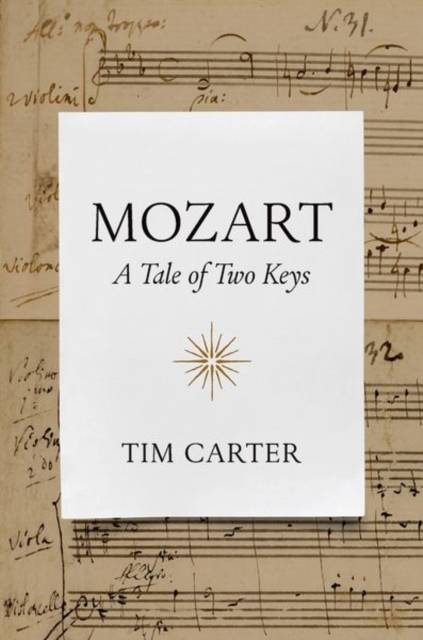
- Afhalen na 1 uur in een winkel met voorraad
- Gratis thuislevering in België vanaf € 30
- Ruim aanbod met 7 miljoen producten
- Afhalen na 1 uur in een winkel met voorraad
- Gratis thuislevering in België vanaf € 30
- Ruim aanbod met 7 miljoen producten
Zoeken
Omschrijving
How can we best understand the rules of Mozart's musical games? His first symphony, written in E flat major when he was just nine years old, sits at the opposite end of the tonal spectrum of his final concerto in A major. Through his diligent attention to -- and the creative reconsideration of -- tuning and temperament, instrumentation, musical intertextualities, and key-specific idioms, Mozart demonstrated the breadth of his musical ingenuity. By incorporating distinctive musical techniques within and across keys, the composer pushed the boundaries of meaning in late eighteenth-century music in ways that still resonate today. In Mozart: A Tale of Two Keys, Tim Carter explores this unique approach to musical creativity, uncovering new insights that reveal the inventiveness and humor inherent in Mozart's works. With particular emphasis on the intention behind his technique, Carter argues that the composer used sound in unexpected, playful, and striking ways, revealing the intense joy and limitless possibility inherent in the art and craft of making music.
Specificaties
Betrokkenen
- Auteur(s):
- Uitgeverij:
Inhoud
- Aantal bladzijden:
- 192
- Taal:
- Engels
Eigenschappen
- Productcode (EAN):
- 9780197806333
- Verschijningsdatum:
- 10/09/2025
- Uitvoering:
- Hardcover
- Formaat:
- Genaaid
- Afmetingen:
- 188 mm x 256 mm
- Gewicht:
- 530 g

Alleen bij Standaard Boekhandel
+ 319 punten op je klantenkaart van Standaard Boekhandel
Beoordelingen
We publiceren alleen reviews die voldoen aan de voorwaarden voor reviews. Bekijk onze voorwaarden voor reviews.








